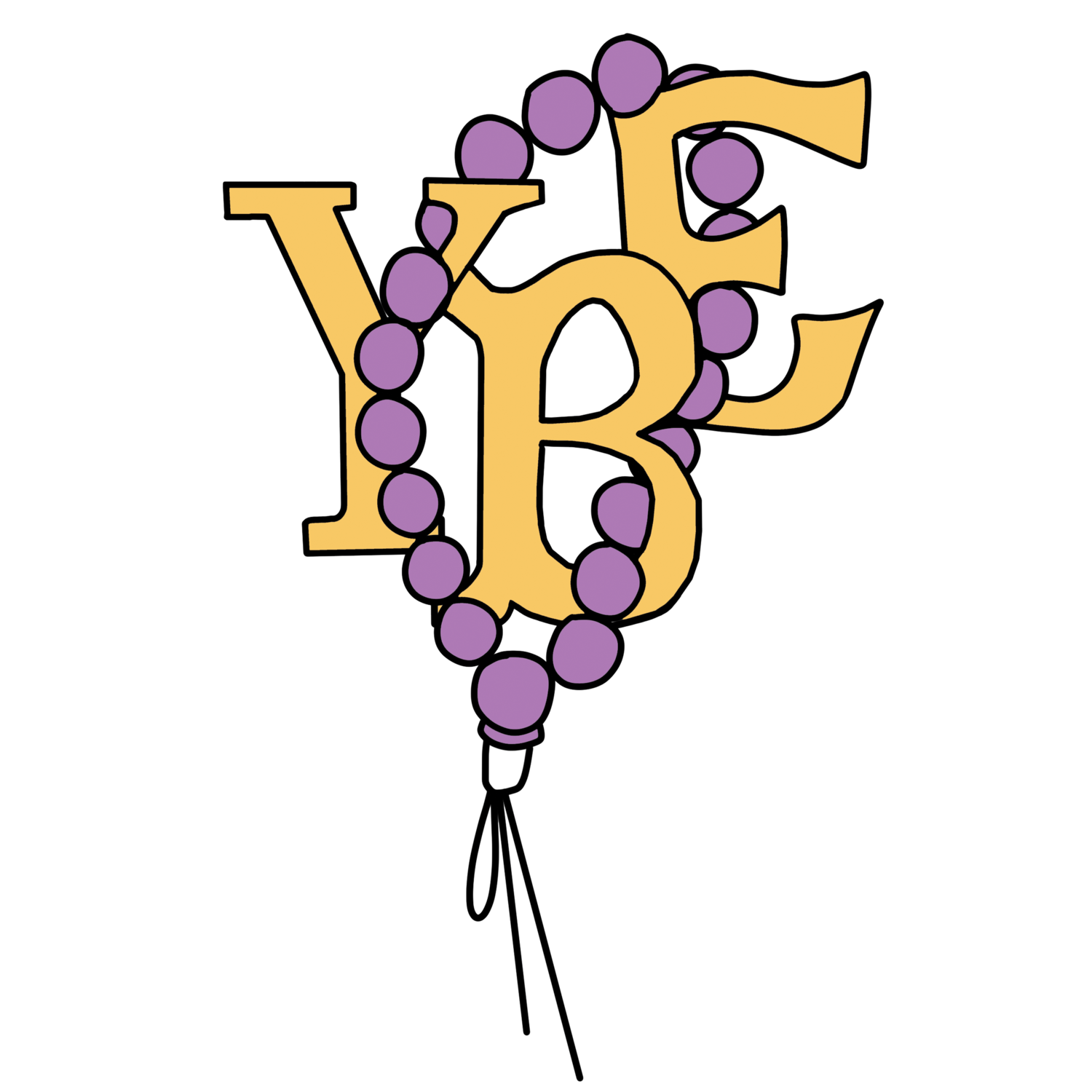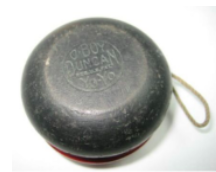Toy Story
Contributed by Jon Yatabe
Jon Yatabe in Topaz
In Topaz, everyone in the community helped us construct great toys from the scrap material at hand. We were like rural kids without the means or a place to buy toys. When it was kite season, the old men sat in front of their barracks and taught us how to make kites from scrap wood and paper. The kites were always decorated with the fierce faces of gods or samurai (Japanese warriors), and the desert winds would send the kites soaring into the sky. They were diamonds, squares, and boxes glittering against the blue-black sky with a distant blue mountain in the background.
Our biggest kite problem was having enough string. If you had five cents, you could buy a whole roll of kite string, but most of us had to scrounge enough scraps to make a long enough string. This was tough because flying out over the barbed-wire fences with a safe margin took over 100 yards of string! We were always on the lookout for packages and things wrapped in string. Often people would pick up their package to find no string around it, as we kids had already raided the room where mail was distributed. No one said anything, but I’m sure they knew why their string was missing.
Boys with Kite, by Estelle Ishigo. Library Special Collections, Charles E. Young Research Library, UCLA.
We needed better string but shorter pieces for the yo-yo season. Most of us couldn’t afford a Duncan Yo-Yo, the gold standard. We could buy two Duncan strings for a nickel; then we would ask the old men to carve us a yo-yo. They found an old Duncan and took it apart. They began carving, and two days later, every kid in Block 26 had a serviceable yo-yo, carved from bare pine in three pieces.
I could quickly do all of the tricks like Around the World, which was easy, Walking the Dog, Loop the Loop, and Rock the Cradle. I was hot stuff until we began the yo-yo battles. You stood about 12 feet apart and flung your yo-yo at your opponents. This, unlike the kite flying, often had the result of one yo-yo flying into three distinct pieces while the winner jumped up and down in glee. I was good at the tricks but not at the fighting, and lost several yo-yos. And then Uncle Mot carved Momotaro (Peach Boy), a half-pound, pure maple yo-yo carved from an old piece of furniture. It was named after the legendary hero born from a peach pit. It smashed every other yo-yo for two days until the other kids learned, DO NOT challenge Momotaro-san. So I was left to strut around doing cat cradles with a yo-yo so large that it would barely swing through the cradle. I kept it for years, and then suddenly one year, it disappeared.
The kites and yo-yos were my first experience of the art of gaman—using found materials to create objects of great utility or beauty as a way of coping with the unbearable hardship of incarceration.
Jon Yatabe was born in Berkeley in 1937 and grew up in Redwood City, CA, where his father, Tak, grew flowers. From Topaz, his father joined the 442nd Regimental Combat Team and fought in Europe. The Yatabes settled in Berkeley after the War. Jon graduated from UC Berkeley and received a PhD from the University of Illinois. After a long career in Washington and the Lawrence Livermore National Laboratory, he retired and lives in Bodega Bay, CA.



